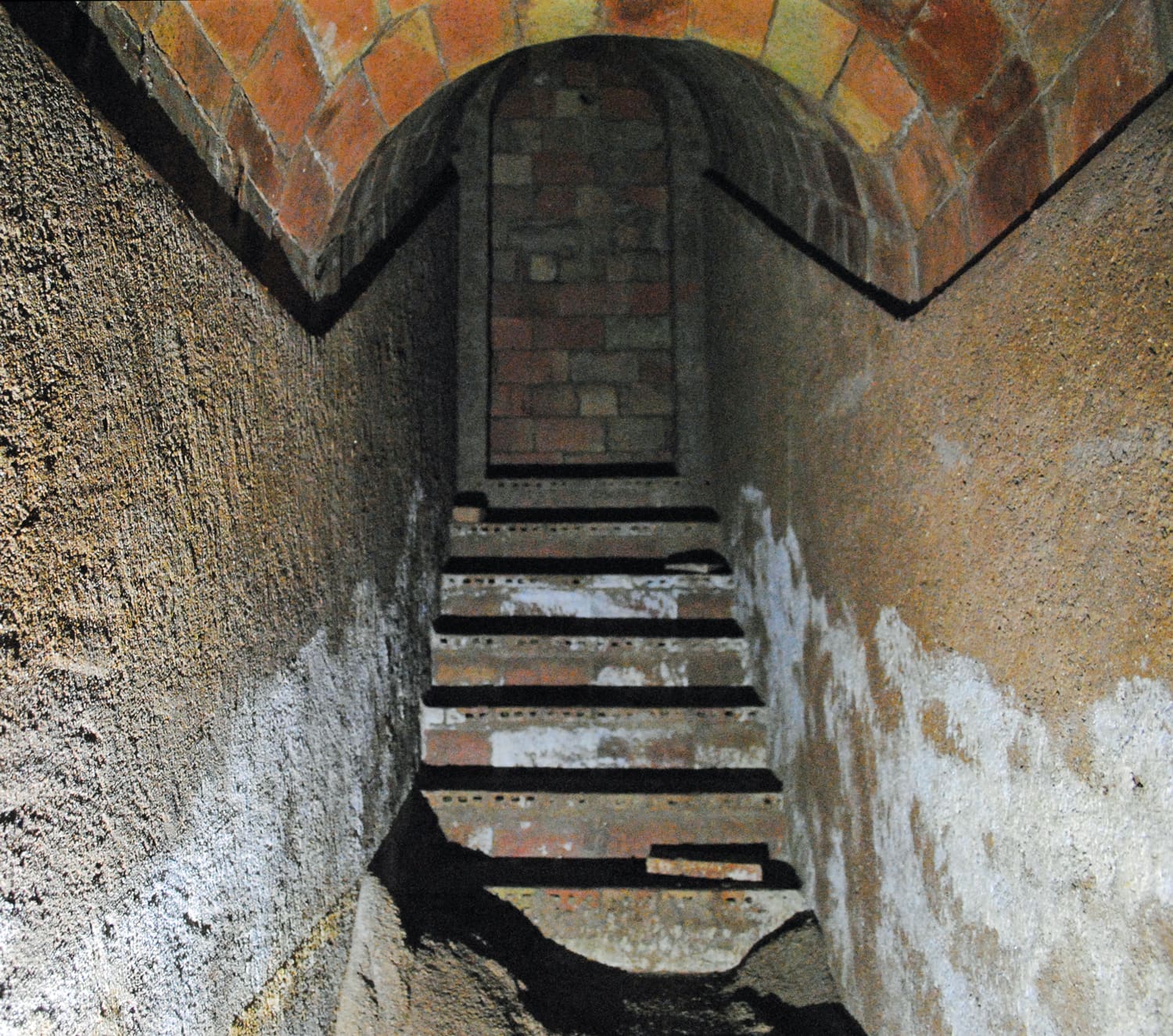
Entrance to the interior of the Hidro-Elèctrica company shelter, currently walled up (DGA)
“[…] I was attending the Escuelas Nacionales Schools […] and when an alarm had sounded, the teachers had taken us to the ground floor […]. There they made us face the strongest wall.”
Oral testimony by J.C.M.
When we talk about passive defence, we usually think of barricades, shelters, and trenches of the Local Passive Defence Board (JLDP), but the reality was much more varied and less regulated. Citizens organised themselves to survive or, at the very least, to feel safer.
The different initiatives that were implemented around this square are an example of that diverse reality:
Follow us